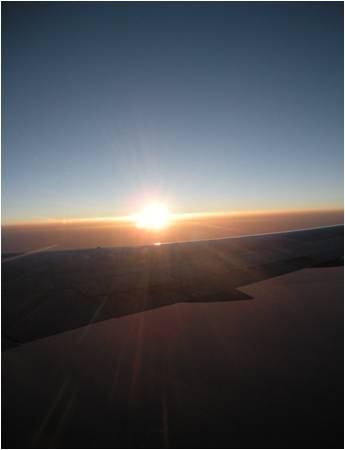▼ Reference
- Akasaka S, Kato T, Asai S. Sound Absorption Characteristics of Silica Nanofiber Sheet. The 21st International Congress on Sound and Vibration, July 13 - 17, 2014 Beijing, China.
- Asmatulu R, Khan W, Yildirim M B. Acoustical Properties of Electrospun Nanofibers for Aircraft Interior Noise Reduction. Proceedings of the ASME 2009 International Mechanical Engineering Congress & Exposition, November 13-19, Lake Buena Vista, Florida, USA. Open Access
- Chaudhary A, Gupta A, Mathur R B, Dhakate S R. Effective antimicrobial filter from electrospun polyacrylonitrile-silver composite nanofibers membrane for conducive environment. Adv. Mat. Lett. 2014; 5: 562. Open Access
- Jung S, Kim E S, Gu B K, Gin Y J, Park S J, Kwon I K, Kim C H. Thickness and Pore Size Control of Chitin Nanofibers by Ultra-sonication and Its Biological Effect in vitro. Biomaterials Research 2012; 16: 11. Open Access
- Liu L, Huang Z M, He C L, Han X J. Mechanical performance of laminated composites incorporated with nanofibrous membranes. Materials Science and Engineering 2006; 435-436: 309.
- Molnar K, Kostakova E, Meszaros L. The effect of needleless electrospun nanofibrous interleaves on mechanical properties of carbon fabrics/epoxy laminates. eXPRESS Polymer Letters 2014; 8: 62. Open Access
- Nawalakhe R G, Hudson S M, Seyam A F, Waly A I, Abou-Zeid N Y, Ibrahim H M. Development of Electrospun Iminochitosan for Improved Wound Healing Application. Journal of Engineered Fibers and Fabrics 2012; 7: 47. Open Access
- Pawlowski K J, Belvin H L, Raney D L, Su J, Harrison J S, Siochi E J. Electrospinning of a micro-air vehicle wing skin. Polymer 2003; 44: 1309.
- Seyam A F M, Hudson S M, Ibrahim H M, Waly A I, Abou-Zeid N Y. Healing performance of wound dressing from cyanoethyl chistosan electrospun fibers. Indian Journal of Fibre and Textile Research 2012; 37: 205. Open Access
▼ Credit and Acknowledgement
Author
Wee-Eong TEO View profile
Email: weeeong@yahoo.com
 ElectrospinTech
ElectrospinTech
